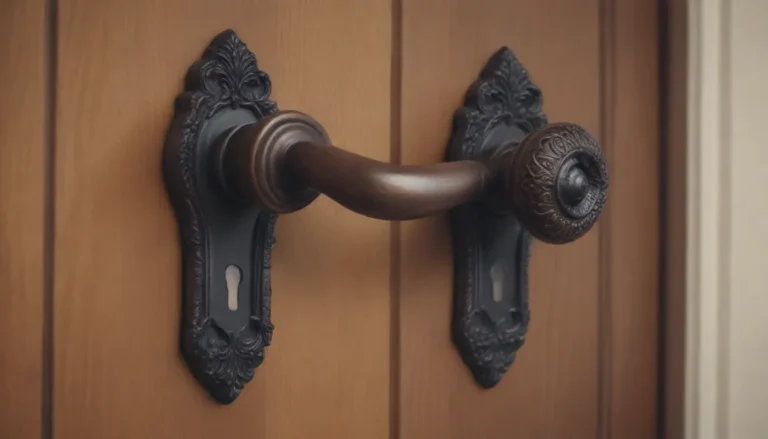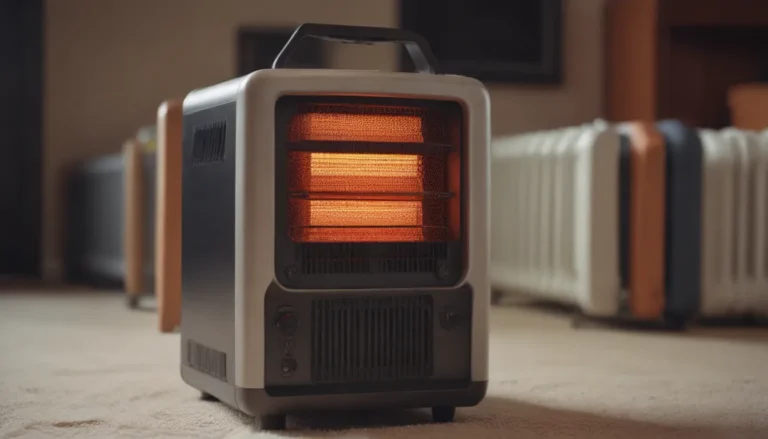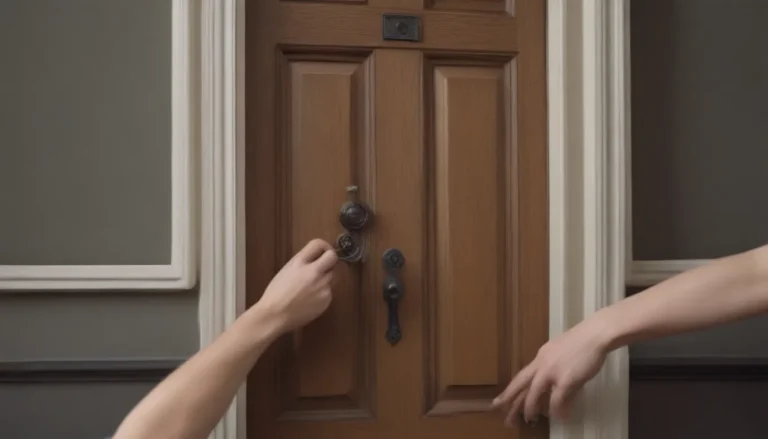The Ultimate Guide to Bathroom Ventilation: How to Keep Your Bathroom Fresh and Moisture-Free

Welcome to the ultimate guide to bathroom ventilation! If you’ve ever wondered why your bathroom always feels damp or smells musty even after a shower, you’re in the right place. In this comprehensive article, we’ll dive deep into everything you need to know about keeping your bathroom fresh and free from excessive moisture. From choosing the right exhaust fan to avoiding common ventilation mistakes, we’ve got you covered with tips, tricks, and expert advice to help you transform your bathroom into a clean, enjoyable space.
Signs Your Bathroom Ventilation Needs Improvement
Before we get started on the do’s and don’ts of bathroom ventilation, let’s take a quick look at some common signs that your bathroom may have ventilation issues:
- Peeling paint
- Mold and mildew growth
- Foul odors
- Excessive moisture on surfaces
- Stained ceilings
If you’ve noticed any of these warning signs in your bathroom, it’s time to take action and improve your ventilation system to prevent further damage.
Tip: Remember that simply improving ventilation may not be enough if you already have mold issues. Thoroughly clean affected areas to ensure all mold is removed.
The Do’s of Bathroom Ventilation
To effectively vent moisture from your bathroom and maintain a fresh atmosphere, follow these essential do’s of bathroom ventilation:
Do: Choose the Right Bathroom Fan
Proper ventilation starts with selecting the correct bathroom exhaust fan. Bathroom fans are rated in CFM (cubic feet per minute), which determines how much air they can move. Here’s a quick guide to choosing the right fan based on your bathroom size:
- 45 square feet and less = 50 CFM
- 46 square feet to 75 square feet = 70 CFM to 80 CFM
- 76 square feet to 105 square feet = 110 CFM
- Over 105 square feet = 150 CFM
When in doubt, opt for a larger fan to ensure sufficient ventilation for your space.
Other Bathroom Fan Features
In addition to size, consider energy efficiency, noise ratings, and special features like integrated lighting, heaters, and humidity sensors when choosing a bathroom fan.
Tip: For automatic ventilation control, invest in a fan with an integrated humidity sensor that turns on and off based on humidity levels.
Do: Open the Window
If possible, open a window in your bathroom to enhance ventilation and fresh air flow. Pairing an open window with an exhaust fan helps increase airflow and expedites moisture removal.
Do: Wipe Up Standing Water
Avoid leaving standing water in your bathroom, as it contributes to humidity levels and prolongs moisture in the air. Promptly wipe up any excess water to prevent moisture-related issues.
Tip: Regularly clean shower doors and walls to remove excess moisture and prevent buildup of hard water stains and mold.
Do: Install a Remote Inline Fan
To minimize noise, consider installing an inline fan in a remote location, such as an attic, to draw air out of the bathroom quietly and effectively.
Do: Run Your Fan Long Enough
Remember to run your bathroom fan before, during, and after showering to ensure thorough ventilation. Leaving the fan on for an additional 30 minutes to an hour post-shower can help eliminate lingering moisture.
The Don’ts of Bathroom Ventilation
Avoid these common mistakes to prevent moisture buildup and maintain a healthy bathroom environment:
Don’t: Install Your Fan in the Wrong Spot
Place your exhaust fan strategically to maximize ventilation efficiency. Avoid installing the fan above non-moisture areas, as it won’t effectively remove moisture from the entire bathroom space.
Tip: If you have a shower curtain, leave it open after showering to allow for proper drying and prevent moisture accumulation.
Don’t: Use Crushable Ductwork
Opt for rigid ductwork instead of crushable flexible ducts to prevent air obstruction and maintain optimal airflow from your bathroom fan to the outside.
Don’t: Forget to Clean the Fan
Regularly clean your bathroom fan to prevent dust and debris buildup, which can hinder performance and reduce ventilation effectiveness. Remove the cover and blades to clean off accumulated dust for optimal ventilation.
Don’t: Vent Into the Attic
Avoid venting your bathroom exhaust fan into the attic, as it can lead to moisture issues in the attic space. Properly vent the fan outside your home to prevent moisture-related problems.
Additional Resources
If you’re looking to learn more about bathroom ventilation and its impact on indoor air quality, check out these helpful resources:
- Mold prevention & control tips for residence halls from Morehead State University
- The impact of poor housing and indoor air quality on respiratory health in children from Breathe journal
- Exhaust fan buying guide from Broan-NuTone
- 2024 cost to install bathroom fan article from Angi
Remember, proper bathroom ventilation is essential for maintaining a clean, healthy environment and preventing moisture-related issues. By following the do’s and don’ts outlined in this guide, you can ensure your bathroom stays fresh, dry, and comfortable for years to come.
Now that you’re equipped with the knowledge and tools to improve your bathroom ventilation, it’s time to transform your space into a moisture-free oasis. Happy venting!
Keywords: bathroom ventilation, exhaust fan, moisture buildup, ventilation system, indoor air quality, mold prevention





